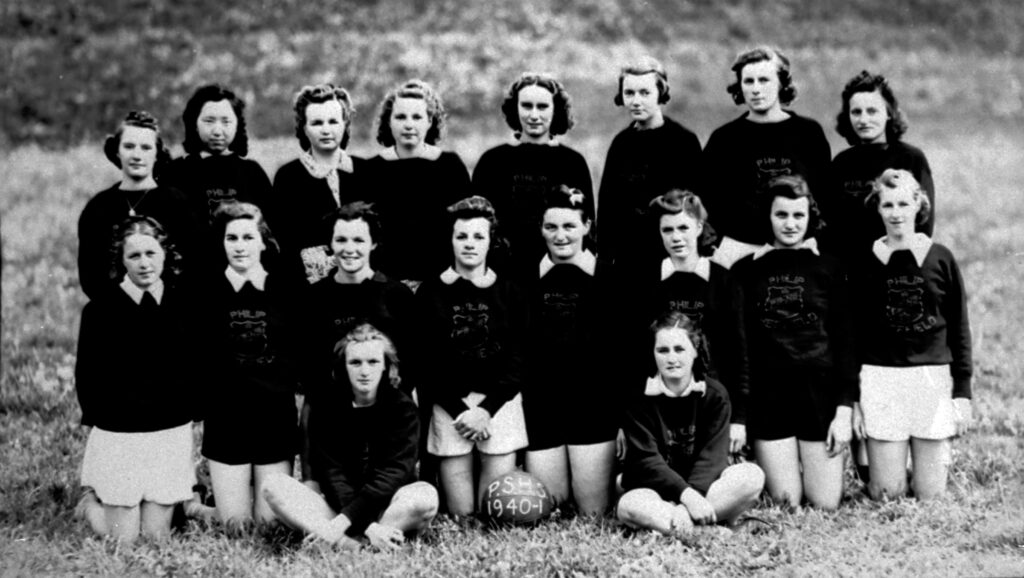
Riichi Sasaki (1989-1970) came to Canada in 1907 and after working various jobs on the coast, purchased 40 acres in the northwest corner of the current Gladwin and Downes Road.[1] After clearing a small part of the land and building a house, he returned temporarily to Japan to marry Misako who followed him back at a later time.[2]
Misako Sasaki reminisces:
I arrived in Canada on August 23, 1920 and my husband met me in Victoria. I was still wearing my Japanese kimono, so Riichi took me to lunch and then we went shopping to buy me a complete new outfit to wear the rest of the journey. The ferry ride to Vancouver took four hours and we found our way to the BC tram station and took the tram to the Clayburn station, arriving about eight o’clock in the evening. Not knowing what to expect, I followed him up the wagon trail for a couple miles. This was still bush country and the trail was overgrown with weeds and stinging nettles. It was dusk and as it darkened I thought the light from the sunset was a town where we were to live. It was almost dark when we reached a small house and my husband said that this was home. I worked hard with my husband to clear the land and plant our berry crop.[3]
Aside from the Downes family, Riichi and Misako were the first ones to make up the Clayburn community, and they eventually had six children named Nobuo (1921), Jiro (1923), Yoshiye (1924), Chitoa (1926), Tomiye (1927), and Yemiko (1929).[4] As the children grew, and as more Japanese families established themselves in the area, they built a Buddhist church which also served as a Japanese Language School. Mr. Kudo from Mission was the Sasaki children’s first teacher there, but eventually Riichi donated land for the building of a Clayburn Japanese Language School and community hall. Misako also mentions it, noting that this building “was also a gathering place for the young people.”[5] A Miss Jessie Rotluff guided the children through their first years of school as they adjusted to learning in English.
Riichi is noted as believing that “education was important” which led him to send the children to high school.[6] Both Jiro and Yoshiye are noted in the Philip Sheffield yearbooks which was the only high school in the Fraser Valley.
In the school year 1939-1940, Jiro Sasaki was in Grade 10 and on the Second Boys’ Basketball team. His commemorative verse reads:
Jiro is this grade’s basketball star;
in most other sports he is quite up to par.[7]

Yoshia Sasaki was in Grade 10 in 1940-1941 and was also athletic, playing on the Girls’ Basketball Team. Her verse is short but telling:
“(Yo) This girl shines in practically every subject.[8]

The Reach P11594.
The beginning of 1942 would have been the end of their time at school. In the displacement their father opted to go to Alberta to work on a sugar beet farm in order to keep his family together, and so after over twenty years on the land and in the community, they had to leave behind everything they had built.
[1] Riichi Sasaki. The Reach, Abbotsford, BC.
[2] Riichi Sasaki. The Reach, Abbotsford, BC.
[3] Misako Sasaki. Recollections of Her Life in Clayburn. The Reach, Abbotsford, BC).
[4] Misako Sasaki.
[5] Misako Sasaki.
[6] Riichi Sasaki. The Reach, Abbotsford, BC.
[7] Philip Sheffield High School. Consamannum 1939-1940. The Reach, Abbotsford, BC.
[8] Philip Sheffield High School. Consamannum 1940-1941. The Reach, Abbotsford, BC.